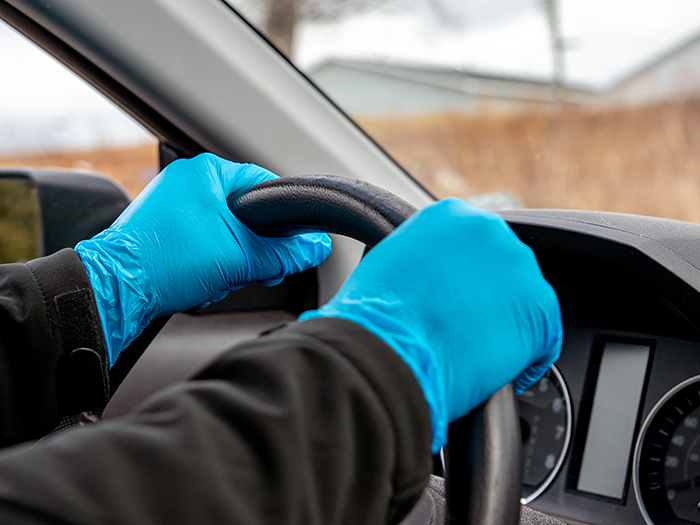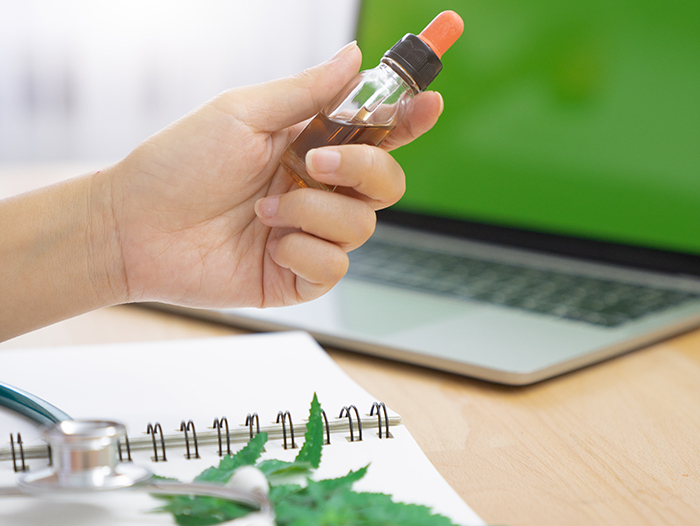Sponsored: Pinnacle Actuarial Resources
Understanding the Implications of COVID-19 on the Automotive Insurance Industry and What They Mean for the Future

The automotive insurance industry is facing unprecedented times thanks to COVID-19. At the onset of mandatory shutdowns earlier this year, those in the space had to prepare for swift and significant change.
Early on, it was clear that there were less drivers on the road, prompting a drop in claim volume. Companies had to adjust, said Roosevelt Mosley, principal and consulting actuary with Pinnacle Actuarial Resources.
“Within a very short period of time, companies had to put mechanisms in place to monitor how significant that drop in claims was,” he said. Monitoring these trends in miles driven in real-time became key to manage through the effects of the global pandemic.
Some companies provided policyholders with rebates or rate decreases. Because claims numbers haven’t yet reached pre-COVID levels, many are still considering what their next steps will be.
“What’s been on my mind and what my clients are asking is how do we get our arms around the uncertainty COVID-19 brings, and then, how can we start to make some good, solid decisions around it,” Mosley added.
In addition to a drop in claims, Mosley discussed several implications brought on by COVID-19 for the auto insurance industry, most notably its financial impact. Here’s a look at some of those implications and the lessons learned so far.
A Huge Economic Impact Is Already Clear

Roosevelt Mosley, Principal and Consulting Actuary, Pinnacle Actuarial Resources
It should be noted that while there has been a drop in mileage driven, that decrease is not the same for every city or jurisdiction; essential workers have been on the road with as much frequency as before the virus set in. Additionally, Mosley added, as some states begin to reopen, mileage driven is likely to vary.
However, “reported claims have still dropped since the start of mandatory shutdowns.”
This already has had a financial impact on the auto insurance industry, because with fewer claims coming in, less money has been needed to pay claims.
“We’ve seen the premium givebacks and rate decreases as a result of lower claim volumes,” said Mosley. “But this will likely still be a net positive for auto insurers from a profitability perspective.”
On the other side of that same coin, however, is a potential slowdown in premium payments. As COVID-19 spread, many in the auto space offered flexible payment schedules for their policyholders as a way to help their customers deal with the financial difficulties. The U.S. was seeing an unprecedented number of unemployed, and the auto industry came through in the clutch, offering an alternative solution to help struggling policyholders continue to make payment.
“Companies created this space where policyholders could make payment arrangements, either delayed payments or push them forward, to work with them through the financial impacts of the virus,” explained Mosley.
That has created premium payment slowdowns while companies still offer coverage. Long-term, this practice could lead to a potential negative economic impact for the industry.
Initially, the amount of new business coming in was on a decline. However, after the first few weeks, new business started to pick up.
“The number of people shopping for insurance dropped significantly initially, but as people got used to being at home, additional time on their hands led to increased shopping” Mosley said.
In June, mileage driven began to increase as states began to lift their stay-at-home orders, but Mosley said this can change just as quickly if the virus continues to spread and storefronts and other businesses are forced to close again. Even ahead of government-ordered closures, mileage is starting to drop again due to rising COVID-19 numbers.
“It may become harder for companies to continue to attract new business as the pandemic persists, and that could lead to financial implications still yet to be seen.”
Claims Frequency May Be Down, But Is Claims Severity?
As Mosley mentioned, claims frequency is down, leading to both positive and potentially negative economic impact on the auto insurance industry.
But what does that mean for claims severity?
“There was this theory, early on during the pandemic, that claims severity would increase,” Mosely said. “Experts in the industry hypothesized that, with less congestion of cars on the road, there could be a potential for more speeding.”
This increase in speeding could have led to more severe accidents and injuries, therefore increasing claim severity for auto insurers. However, “we haven’t really seen a whole lot of increased severities.”
Mosley said there has been no clear evidence to support the theory, partly because this is not an either/or situation: “If speeds go up in a constantly congested environment, then yes, most likely severities are going to go up,” he explained. “But the fact that speeds have gone up in a less congested environment does not mean there will definitively be more expensive accidents.”
COVID-19 has ushered in an unprecedented time, Mosley reiterated, and claims frequency and severity are likely to experience ups and downs throughout the duration of the pandemic. For instance, June and early July saw an increase in claims frequency just as stay-at-home orders lifted. Mileage driven was up as well. But as COVID-19 numbers have increased in July, mileage driven has started to decrease again.
“The auto industry must continue to monitor the situation and adjust as mandates change,” he said.
Rethinking the Ratemaking Data and Adjusting to Meet the Trends
All the above factors, from financial implications to the fluctuations in claims frequency and severity, have created an environment in which insurance companies and actuaries are going to have think critically about the information used for ratemaking.
“Historically, I could use the last two or three years of data to project the next year or two,” Mosley said.
“For 2020, I’m going to have two sets of data. I’m going to have January and February, which will match the ‘normal,’ and then I will have the rest of the year, which is going to look completely different than anything I’ve ever seen.”
Auto rates are typically determined a year in advance. With the drop in claims frequency, the added financial pressures of modified payment schedules, rate decreases and dividends, future ratemaking is likely to face the after-effects of COVID-19 for years to come.
Mosley said there are two main takeaways from this:
- The auto insurance industry will need to figure out what to do with the data collected in 2020. “We’ll need to figure out the adjustments we need to make in order to actually project rates going forward,” he said. This will require quick thinking on the part of industry experts and the ability to adjust methods to meet industry needs.
- Those in the industry must remain adaptable. “I don’t think anyone can fully answer the ratemaking questions coming in now, because the trends are changing constantly,” he explained. Therefore, companies should continue to review current data and make appropriate changes quickly to match.
Now Is the Time to Monitor COVID-19’s Impact on Auto
COVID-19 has certainly created a need for the auto insurance industry to adapt — and adapt quickly. The long-lasting impacts of the virus are yet to be seen in full, making now the opportune time to review and work with industry experts to stay ahead of change.
“As you’re monitoring now, in real-time, you have the chance to see any changes as they happen,” Mosley said. “You’ll also need to have strategies in place ready to address different potential future scenarios.”
Effective monitoring starts with finding the right partner for the job.
At Pinnacle, the team is working hard to get clients what they need during these trying times. “We’re helping clients set up processes to monitor the right trends in real time.”
Pinnacle’s team of actuaries reviews the client’s traditional monitoring and helps determine how to adjust monitoring to focus on key areas in real-time.
“We’re also working with our industry partners to pull together what industry numbers are looking like,” said Mosely. “How many miles are being driven? What are the accident frequencies and severities looking like from a miles-driven perspective? All this will help clients get the best sense of what the real-time environment looks like.”
Finally, the Pinnacle team is looking ahead, reviewing statistics and making projections for the future.
“We’re trying to understand, using the economic projections available to us and the COVID-19 predictions available to us, what are the likely claim frequency and severity future scenarios.”
In the end, the goal is to give clients a better understanding of what’s to come and how to prepare for the unexpected.
“We can’t be fully certain what will happen with COVID-19, but we can use the data and information available to us now to review the different paths and scenarios to come,” said Mosley. “We can help clients prepare.”
To learn more, visit: https://www.pinnacleactuaries.com.
![]()
This article was produced by the R&I Brand Studio, a unit of the advertising department of Risk & Insurance, in collaboration with Pinnacle Actuarial Resources, Inc. The editorial staff of Risk & Insurance had no role in its preparation.










